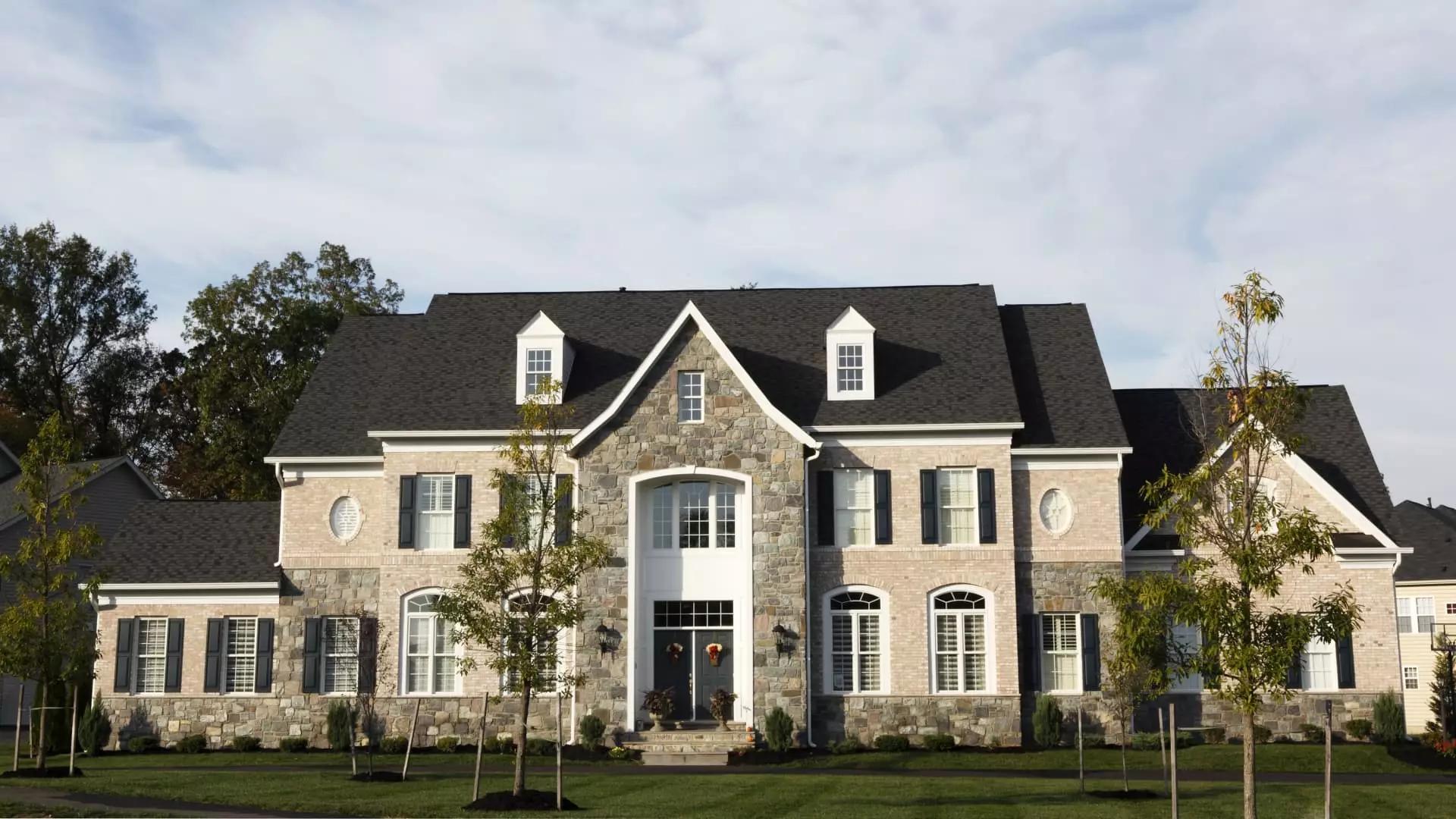In the contemporary housing market, a paradox emerges: while inventory levels dwindle, vast amounts of residential space lay unutilized across the United States. Recent data from Realtor.com has revealed a striking statistic: the number of ‘extra bedrooms’—bedrooms exceeding the number of residents—has soared to a record high, reaching 31.9 million in 2023. This phenomenon raises intriguing questions about the dynamics driving this trend and its consequences on the housing landscape.
The genesis of the increase in extra bedrooms can be traced back to two intersecting trends: the growth in the size of homes and the shrinkage in household size. Since 1970, the average number of people per household has plummeted from 3.1 to 2.5, promoting a demand for additional space that was not previously necessary. Coupled with this is the historical trend of homebuilders gravitating towards larger properties, notably during the “McMansion” surge of the 1980s. Notably, while the average number of bedrooms in a house has increased slightly from 2.5 to 2.8 since then, this shift has plateaued over the past decade, indicating a stabilization in the performance of the real estate market even as costs continue to climb.
Interestingly, the phenomenon exhibits considerable regional differentiation. Areas like the Mountain West and the South showcase higher proportions of extra bedrooms due to the availability of land and the tendency to create expansive living spaces. In contrast, urban centers such as Miami and New York show far lesser availability of extra sleeping quarters, highlighting a juxtaposition in housing preferences and physical constraints in densely populated areas. This discrepancy underscores the need for strategic urban planning that takes into account both demographic trends and spatial limitations.
The question arises: have we overbuilt during the so-called McMansion era, or have we simply failed to meet consumer preferences? Ralph McLaughlin, a senior economist at Realtor.com, presents a compelling viewpoint that hinges largely on consumer values. If homeowners genuinely prefer spacious living arrangements, the existence of extra rooms can be seen as a necessary provision. Alternatively, if the preference leans toward smaller, more efficient living quarters, our previous construction practices might indeed have produced an oversupply that failed to address real housing needs.
The practical implications of excessive space also extend to consumer behavior. The allure of guest rooms and extra bedrooms speaks to a cultural shift toward creating multifunctional living environments that accommodate remote work, entertainment, and recreational uses. Yet, as personal preferences evolve, what was once a coveted feature may become a liability in the eyes of potential buyers, particularly as they grapple with rising housing costs and changing lifestyle priorities.
Regional data illustrates the stark contrast in the availability of extra bedrooms. Cities like Ogden, Utah, and Colorado Springs, Colorado, boast over 12% of their total bedrooms categorized as excess. Conversely, metropolitan areas such as Miami and New York reflect an alarming scarcity, where less than 7% of bedrooms are deemed surplus. These figures are critical for potential buyers and policymakers, suggesting that the response to housing shortages must consider both the quality and quantity of available spaces.
The increase in extra bedrooms in America signals a nuanced housing landscape characterized by both opportunities and challenges. The outcomes of these trends will likely shape the future of residential construction, regional development policies, and market positioning strategies in real estate. Awareness of the excesses in the market invites stakeholders—whether they be investors, policymakers, or prospective homeowners—to rethink their approach to housing and consider how best to leverage available space in addressing future needs amidst an ever-evolving demographic and economic context.


Leave a Reply